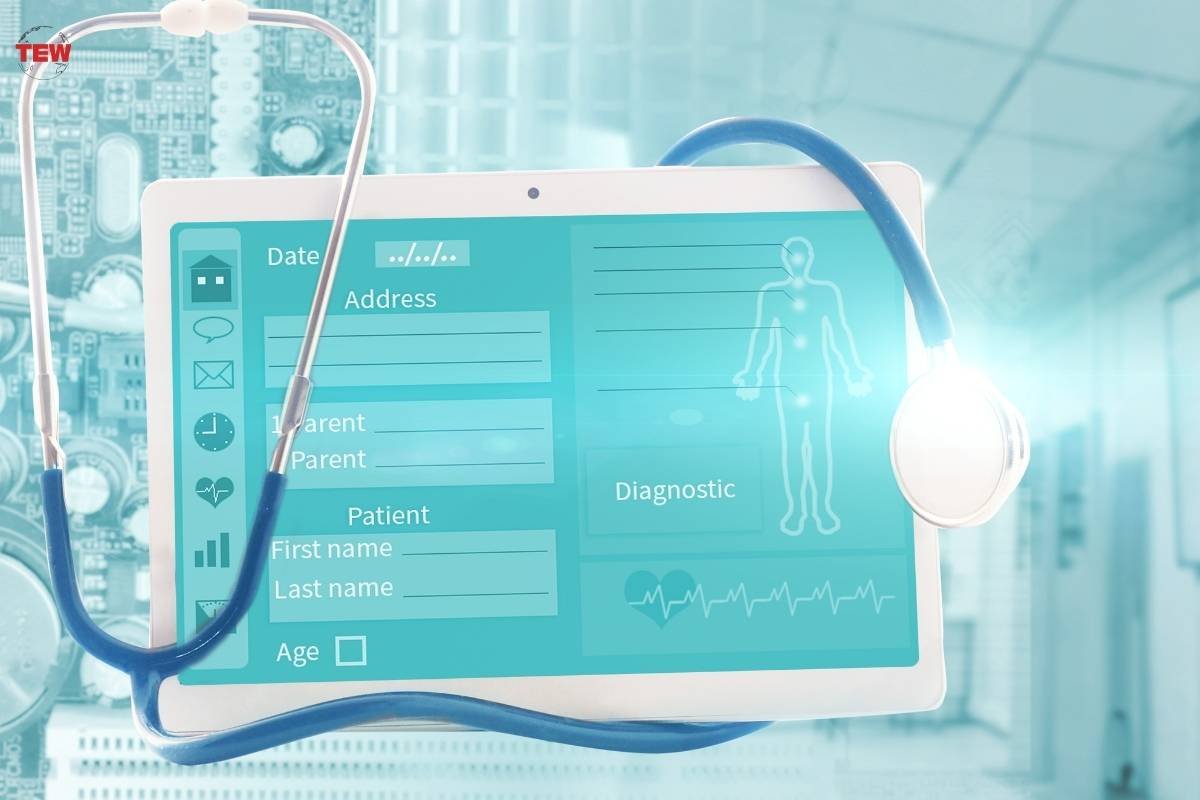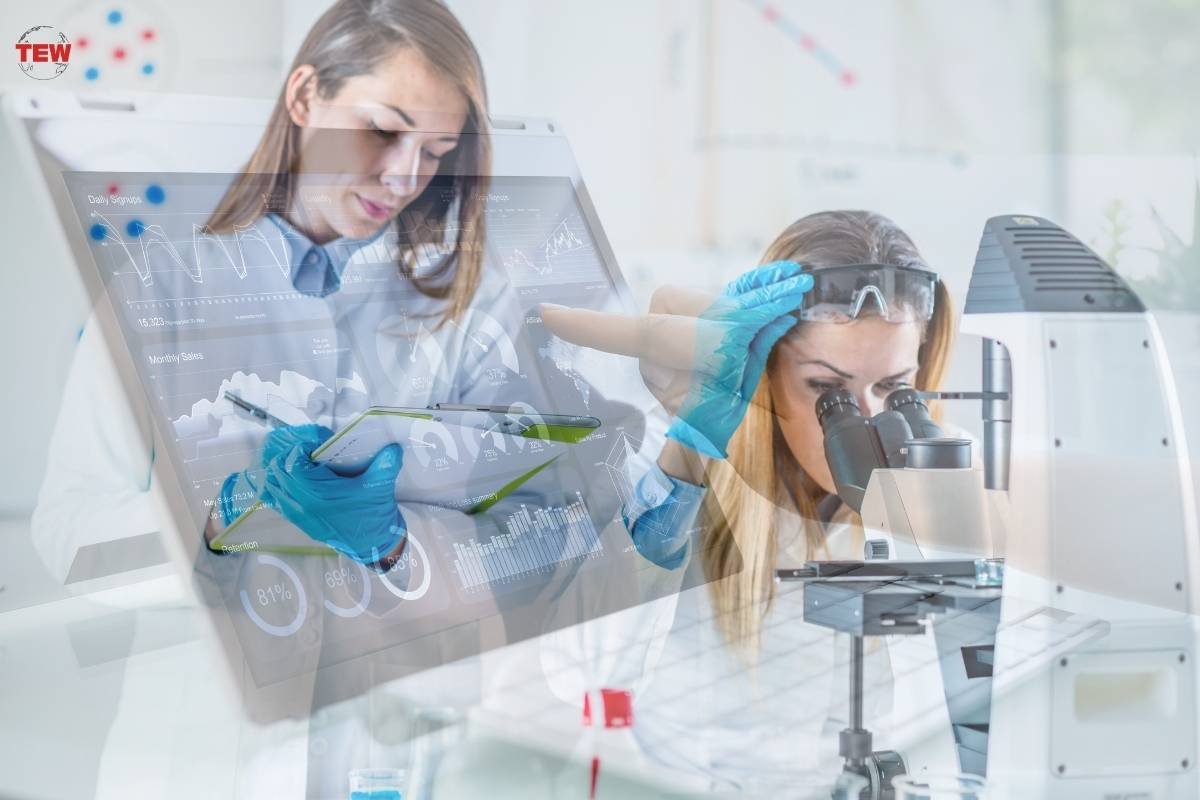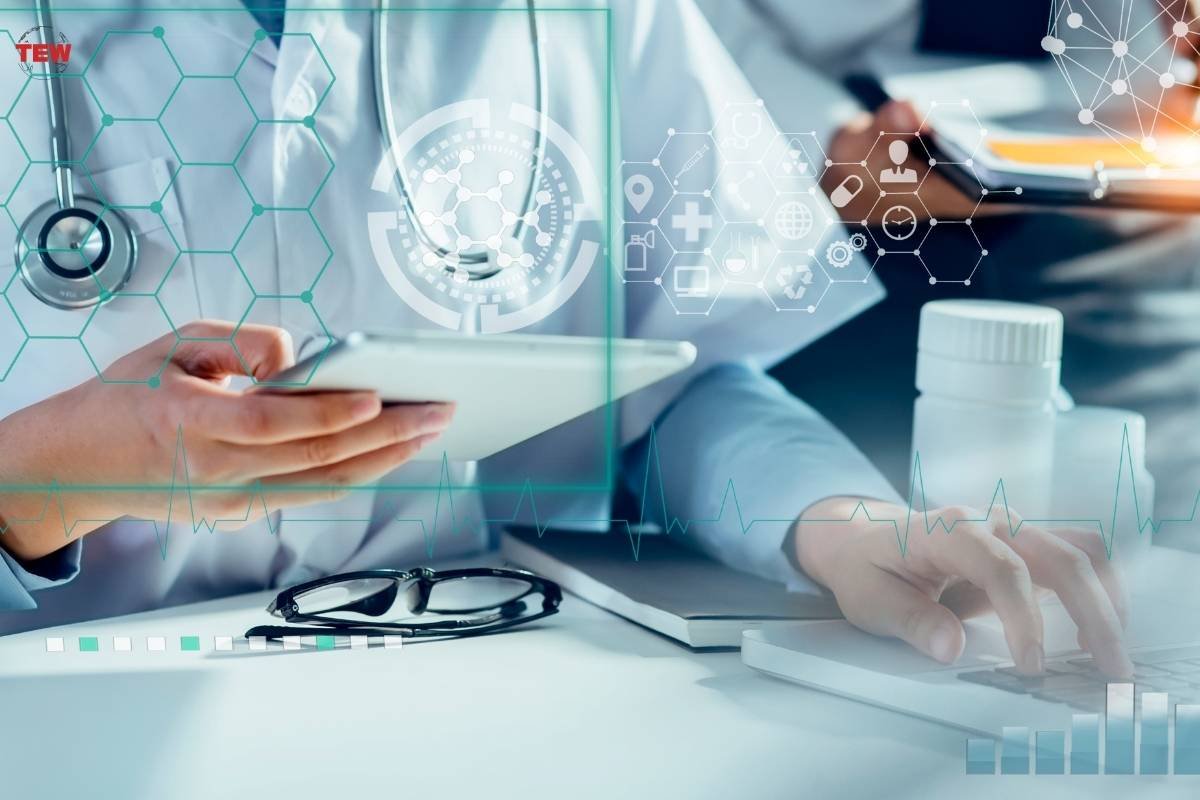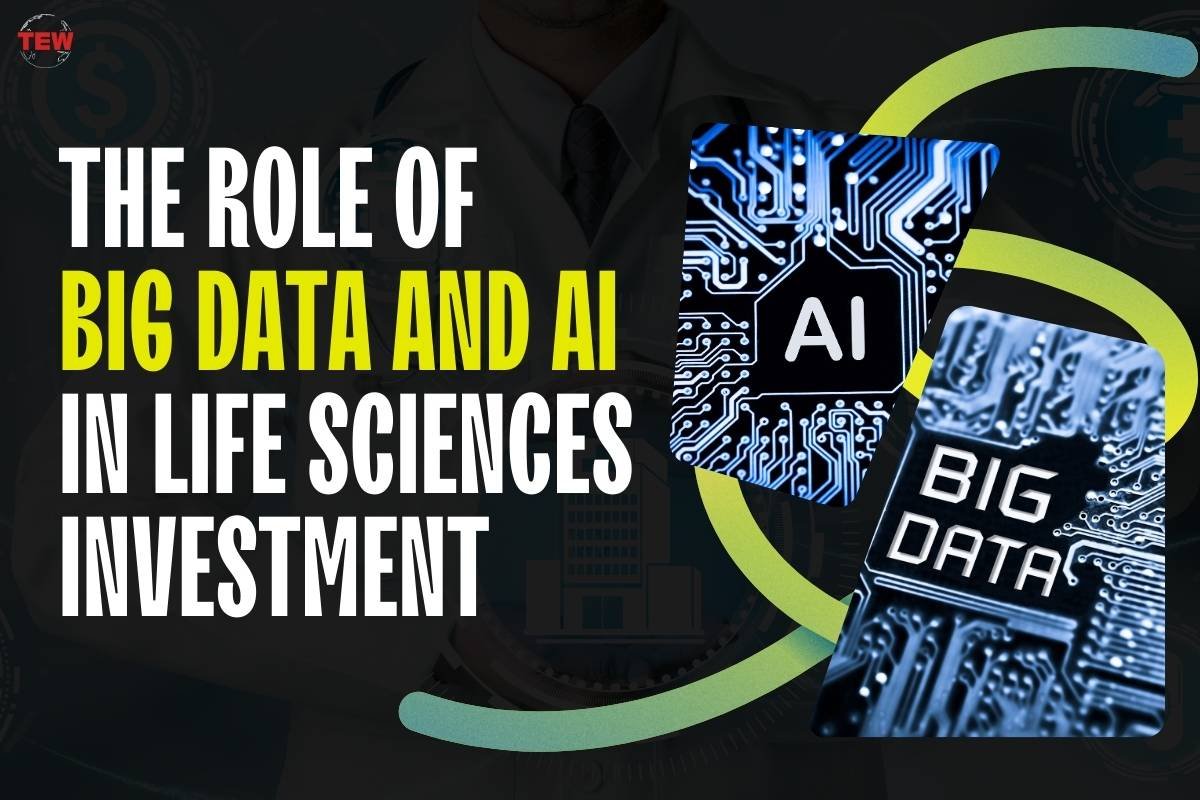The life sciences sector is attracting huge interest and investment in AI. The pharma industry recognizes the potential of AI and is collaborating with them. This amalgamation of AI in Life Sciences will come up with groundbreaking findings. These companies must embrace AI and machine learning technologies to adapt, grow, and remain competitive in a rapidly changing landscape. Big data approaches were implemented to track and ascertain COVID-19 infections across the globe during the onset of the pandemic. The access to that data provided a lot of insights in many ways. Scientists and medical practitioners were taken aback by the role of big data and it performed more than was expected from it.
The role of big data and AI:
The potential of this dynamic duo transcends conventional boundaries, offering a shift in how analysis of information is done, insights are derived, and data is used for creating something of value. The magnitude of these two elements goes beyond conventional boundaries. As the digital age takes us into the era of data abundance, big data comes as a vital element of the evolutionary journey. Let’s read more on this:
1. Pharmaceutical trial analysis
Pharma companies and healthcare providers run clinical trials daily. Due to these trials, large amounts of data are generated to go through. With the help of cloud applications, this data is unlocked more rapidly than humans can. Simultaneously it provides unique insights into the data by recognizing the smallest patterns.
2. Personalized patient treatment:
Modern medicine struggles to provide personalized and tailored healthcare for patients. Technology like big data and AI in life sciences provides insights and gives suggestions based on behavioral data and records to suggest personalized treatments for patients. It lessens the pressure on doctors and nurses and it becomes easy to manage their increasing patient loads.
3. Genomic sequencing:
Genomic i.e. DNA sequencing is an intellectual and exciting area of medical research that aspires to decode the depths of the human genome to inform how to treat the disease. Arranging the DNA in a sequence is a huge computational task. The feasibility is a point of research and has only recently been realized through high-performance cloud platforms. AI in life sciences provides this feasibility which enhances the research process.
4. Disease tracking and modeling:
The COVID-19 pandemic has taught us that the global population is vulnerable to diseases that strike our most unguarded populations. Modeling disease transmission and its spread is highly complex and challenging. Cloud analytics contribute to actions to help biomedical experts better understand current and future epidemics.
How big data is used in healthcare?

Big data has enhanced the outcome that healthcare gives to patients, as it is a question of life and death. It enhances operational efficiency and transforms the delivery of care. Big data analytics is remolding the delivery of care. Here are some ways in which it is used in healthcare:
1. Noticing patterns in outbreaks:
Big data analytics enables real-time monitoring of health data from various sources including social media, electronic health records, and wearable devices. By analyzing this amount of vast data, healthcare professionals can identify patterns, predict disease outbreaks, and take proactive measures to prevent the spread of diseases.
2. Higher efficiency:
Big data plays a crucial role in cost reduction and process optimization within healthcare organizations. By analyzing operational data, such as supply chain management, and resource utilization, healthcare providers can identify areas of waste, streamline processes, and make data-driven decisions to improve efficiency and minimize costs.
3. Wearables and remote monitoring:
The data collected from wearables and remote monitoring devices like fitness trackers, smartwatches, and IoT-enabled devices, provide valuable insights for preventive care. Constant monitoring of vital signs, activity levels, sleep patterns, and other health metrics allows healthcare professionals to detect early warning signs and mediate proactively. The technology makes data processing very efficient and manageable. AI in life sciences have helped in shaping the big data industry.
4. Predicting outbreaks and disease patterns:
Big data enables real-time monitoring of health data from various sources, including social media electronic health records, and wearable devices. By analyzing this vast amount of data, healthcare professionals can identify patterns, predict disease outbreaks, and take proactive measures to prevent the spread of diseases.
Relationship between big data and AI:
Big data and artificial intelligence have a concurrent relationship. AI requires a massive scale of data to learn and improve decision-making processes and big data analytics leverages AI for better data analysis. With this convergence, you can more easily leverage advanced analytics capabilities like augmented and predictive analysis. It empowers users with the intuitive tools and robust technologies they need to extract high-value insights from data. It fosters data literacy across the organization while enjoying the benefits of becoming a data-driven organization.
AI in life sciences and Big Data Analytics:

AI can assist users in all phases of the big data cycle, or the processes involved in the aggregation, storage, and retrieval of diverse types of data from various sources.
AI in life sciences can identify data types, find possible connections among datasets, and recognize knowledge using natural language processing. It can be used to automate and fasten the data preparation tasks, which include the generation of data models, and assist in data exploration. It can learn common human error patterns, detecting and resolving potential flaws in information. Here are some things that AI can grasp:
- It can learn subtle differences in meaning and context-specific nuances, it helps users to better understand numeric data sources.
- It can alert users to anomalies or unexpected patterns in data.
- It actively monitors events and spots potential threats from system logs or social networking data.
- AI can assist users in all phases of the big data cycle or the processes involved in the aggregation, storage, and retrieval of diverse types of data from various sources.
5 Ways AI and big data are transforming life sciences:
Lately, artificial intelligence and big data are evolving life sciences in several ways. Several industries, other than life sciences, are transforming their workflows and improving efficiency. The life sciences sector, in particular, is one of those that has obtained benefits from this advanced technology. Within the industry, it is notable that all of the major pharmaceutical companies are actively incorporating AI into their strategy and product offerings.
Here are 5 ways AI and big data are transforming life sciences:

1. Disease Identification and Diagnosis:
Due to AI in life sciences and machine learning, pharmaceutical organizations have been able to quickly identify and diagnose new diseases, as these technologies can analyze huge volumes of data. Pharma giant Bayer has strengthened their ties with healthcare technology company Huma to develop an AI model that can identify different types of cancers.
2. Drug development:
This is one of the most famous ways in which AI has transformed the pharmaceutical industry is through the acceleration of drug development. From quality control to process automation, AI can increase productivity, efficiency, and production of life-saving drugs- faster than ever before. Another benefit is the welcoming of reduced costs of launching their drugs into the market by up to 15%.
3. Predictive analytics:
The pharmaceutical industry is no longer a stranger to data and analytics, it can give companies access to smarter insights that will give way to numerous developments within research, manufacturing, distribution, and sales. Also, predictive analytics is used within supply chains too. Some medical technology companies have impacted their manufacturing processes and made considerable profits and got practical insights.
4. Clinical trials:
AI in life sciences is being largely used in clinical trials. It is used to identify patients who fit the trial requirements by analyzing genetic information with advanced predictive analytics and also determine the ideal sample size for trials. This is completely changing how clinical trials are conventionally implemented. The process is lengthy and ends up with a success rate of around 10% to 12%. It is anticipated that the time taken by these trials will be shortened and also be able to rely on technology to keep a check on patients engaged in the trial.
Conclusion:
It is quite evident that the use of big data and AI in life sciences helps to drive change throughout the pharmaceutical industry. In the future, as organizations become increasingly aware of the strategic importance of onboarding new technologies like AI to gain a competitive advantage. As this happens, we can expect to see more investments, partnerships, and acquisitions, by the top pharmaceutical companies as they incorporate new technologies.




